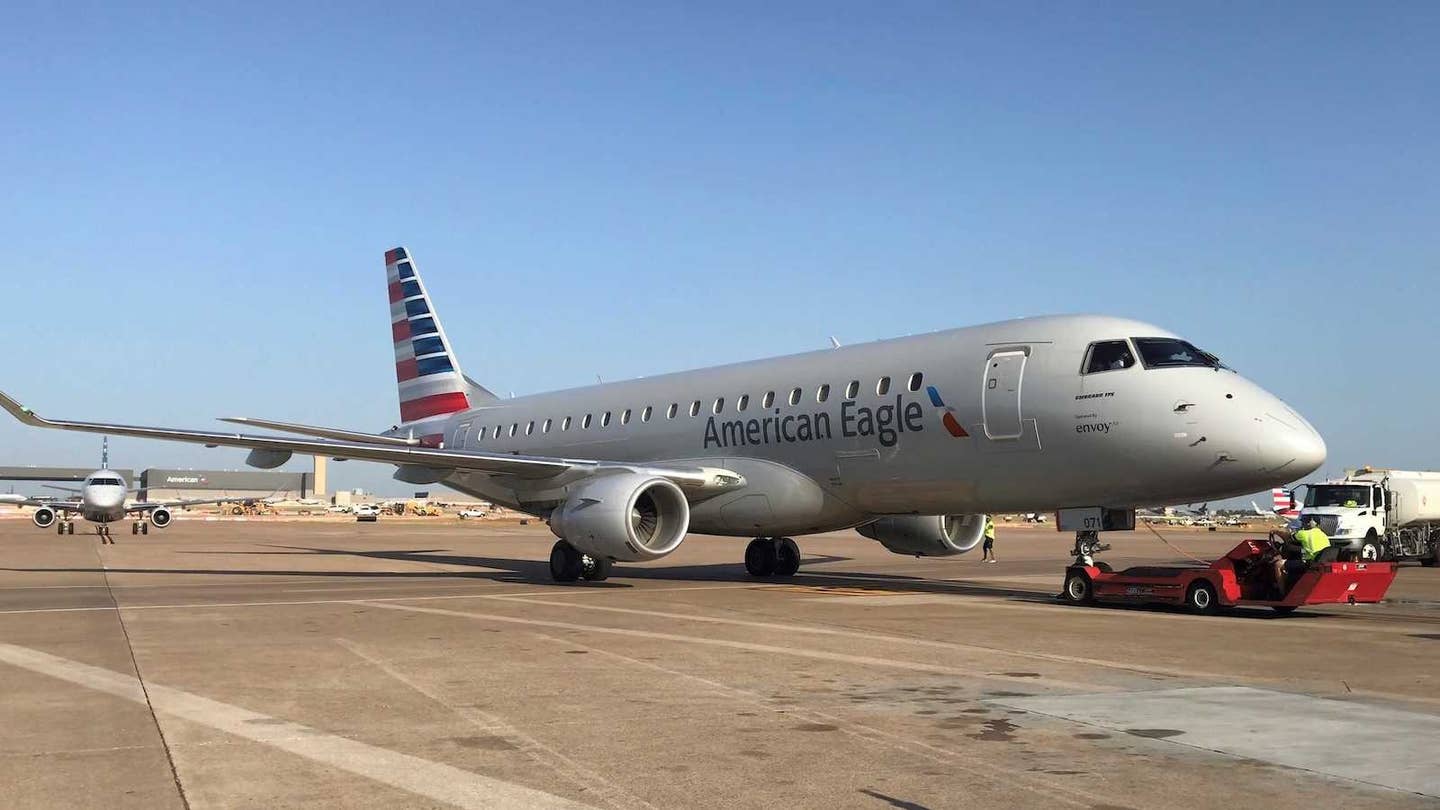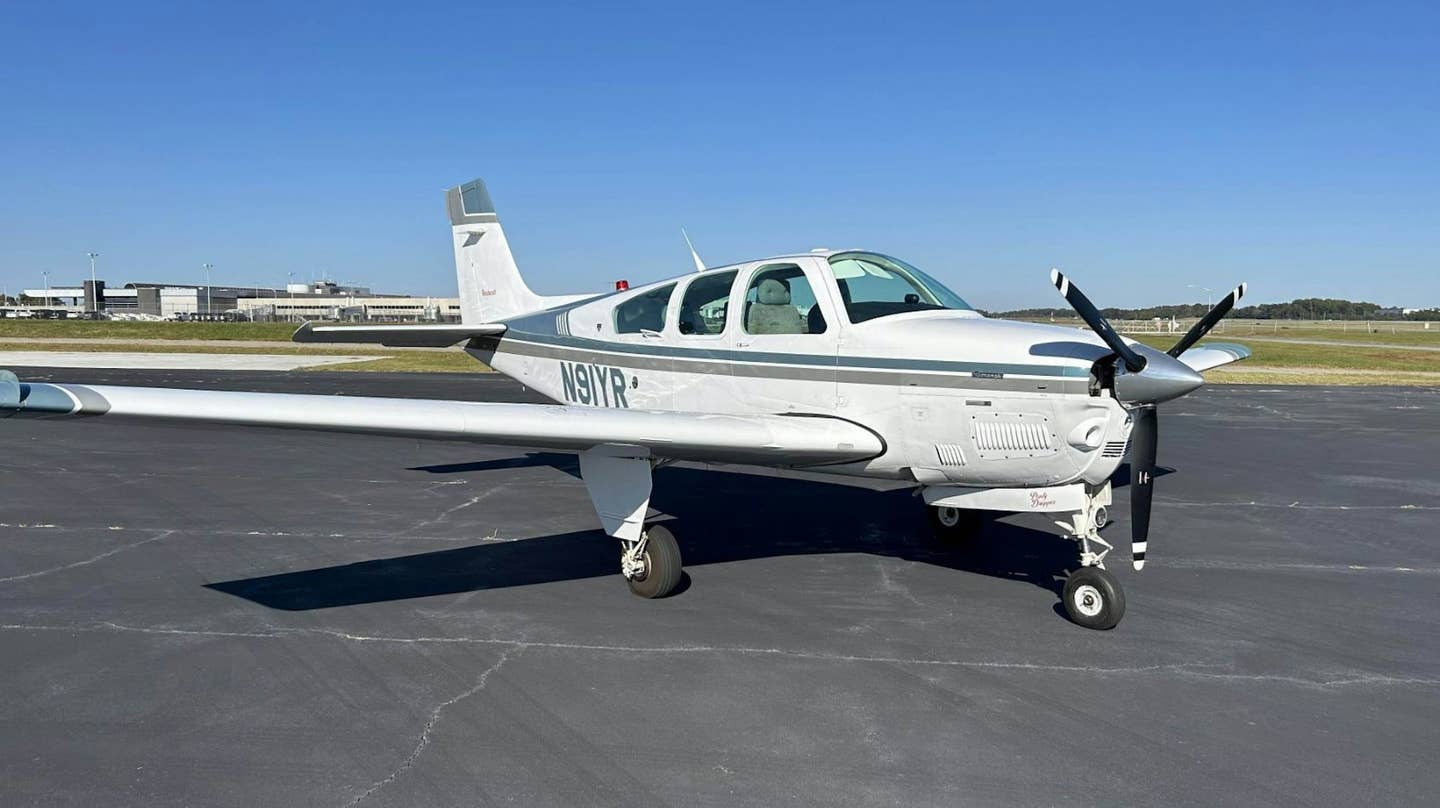
Wreckage left by the SpaceShipTwo crash
Peter Siebold, the test pilot who survived the crash of Virgin Galactic's SpaceShipTwo on October 31, shed further light on the mission's final seconds after telling investigators he didn't know that his copilot had unlocked the space plane's feathering re-entry system earlier than planned.
The spacecraft broke apart high over the Mojave Desert, killing copilot Michael Alsbury, who the National Transportation Safety Board says can be seen on video turning a handle in the cockpit that keeps SpaceShipTwo’s feathering tailboom locked in place. Even though a second handle that commands the tailboom to move wasn’t activated, the locking mechanism is considered a crucial safety feature when the craft is blasting at high speed through the atmosphere toward the edge of space. Two seconds after the mechanism was unlocked, the tailboom popped open uncommanded, investigators say.
NTSB Acting Chairman Christopher Hart emphasized during a press conference last week that the full investigation into the mishap could take up to a year, but he conceded that the action of the copilot, confirmed by onboard telemetry and video data, came earlier than it should have.
Siebold suffered a broken shoulder when he was ejected from SpaceShipTwo. He remained unconscious after his parachute automatically deployed, coming to at a lower altitude as a chase plane circled him. The crash wreckage has been recovered and taken to a hangar for further study, the NTSB said.
More than 700 people have placed deposits to travel to a height of 62 miles on the Virgin Galactic shuttle, tickets for which cost $250,000 apiece. Virgin founder Richard Branson vowed that the spaceflight program would continue, saying he will be the first passenger when the service launches.

Sign-up for newsletters & special offers!
Get the latest FLYING stories & special offers delivered directly to your inbox






